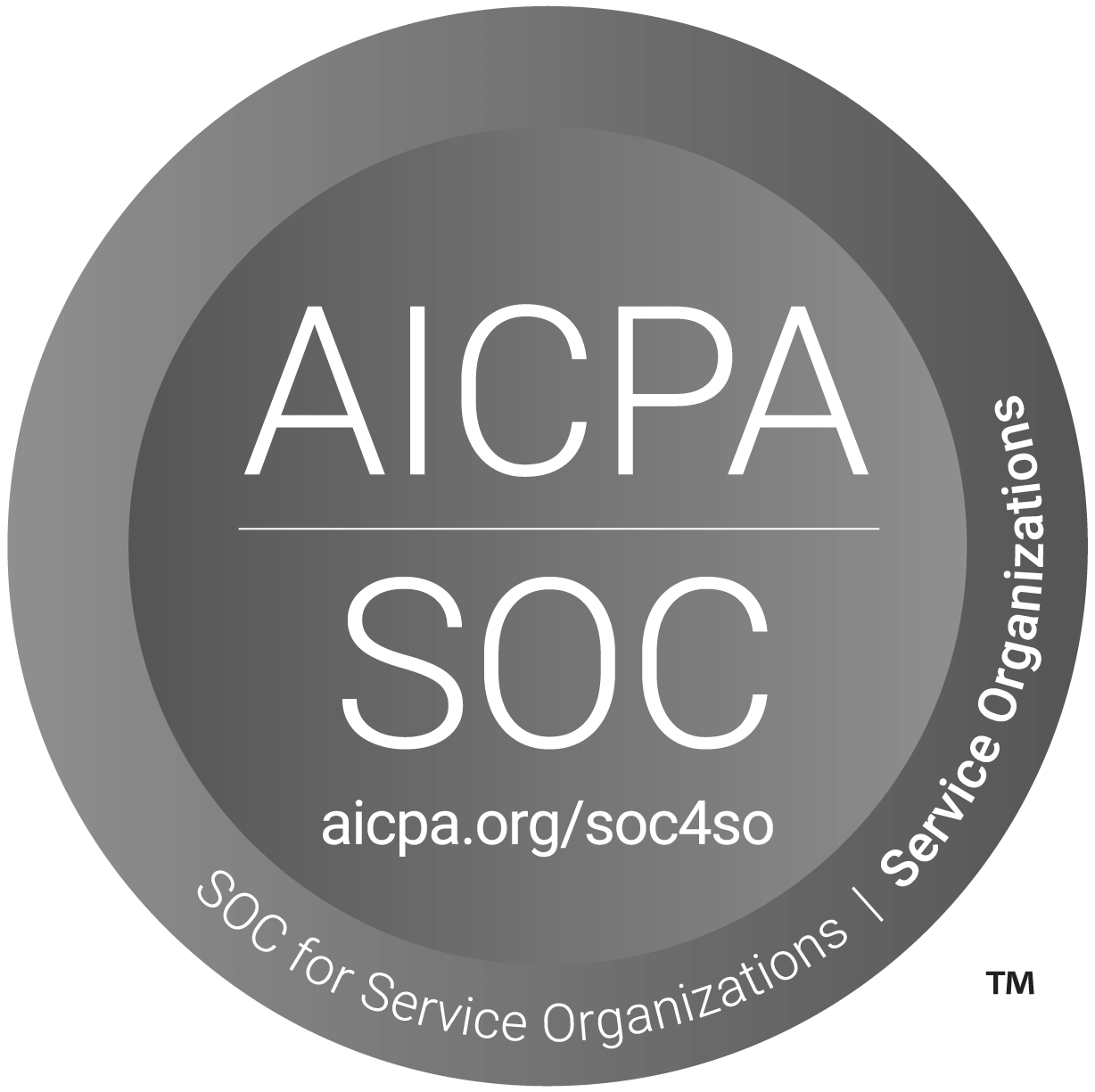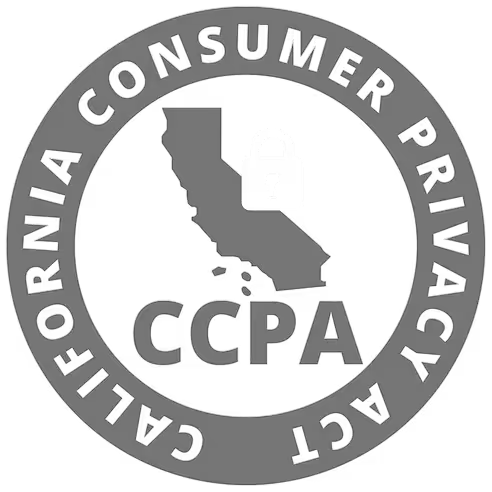Introducing The AI Project Planner — Scope, Build, Map, Compare, and Enrich your projects with precision. Try Free →
Planner is built on trust, privacy, and enterprise-grade compliance. We never train our models on your data.






Join and Start Building
Log in or create a free account to start building your dream application